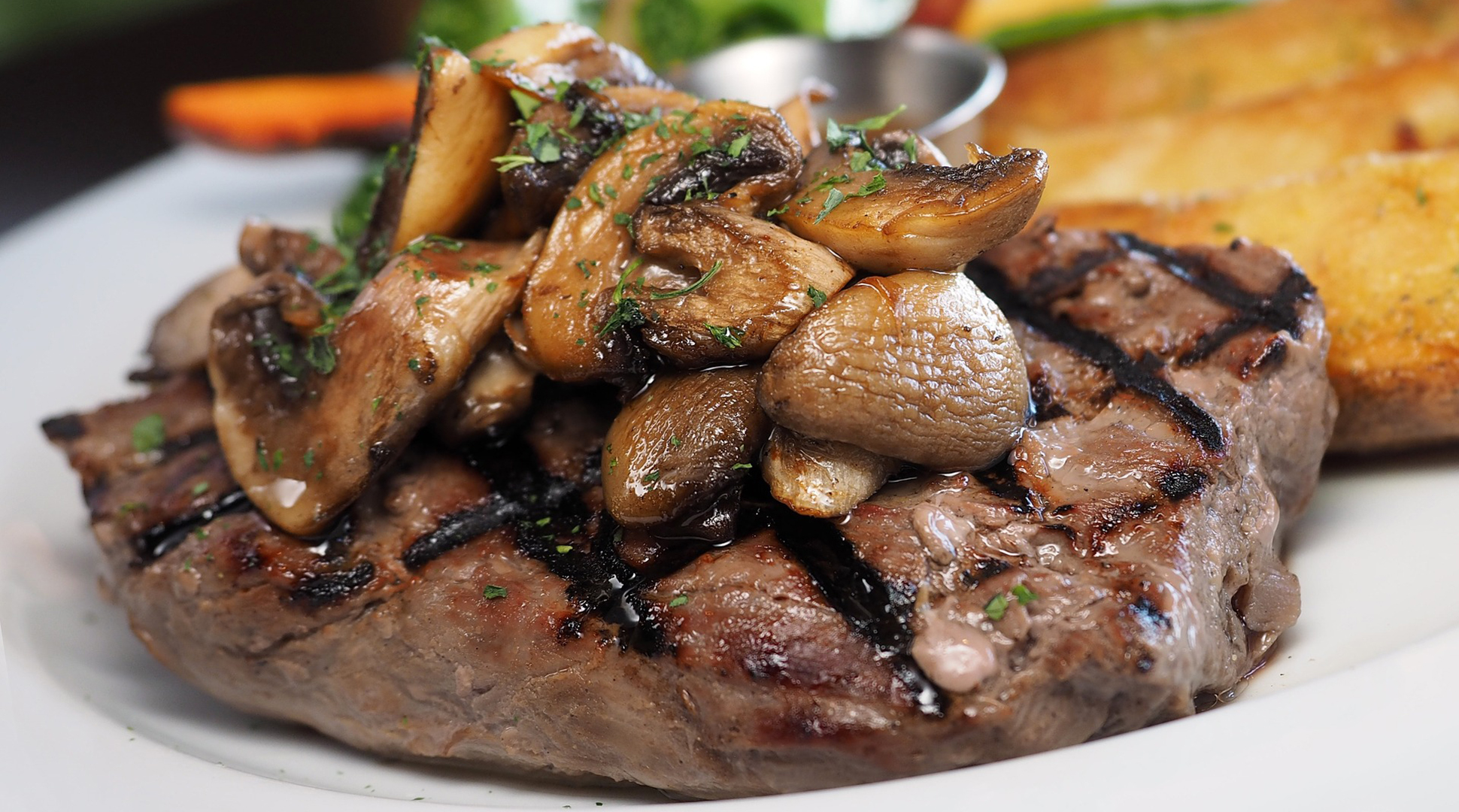Who hasn’t heard that cow farts and belches are destroying the planet?
Livestock has been repeatedly thrown under the bus when it comes to environmental impact and health benefits.
According to Frank Mitloehner, a professor in the Department of Animal Science at the University of California, Davis, debunking those myths has been an on-going problem, because people continue to use figures from a 2006 United Nation’s report, “Livestock’s Long Shadow.”
In that publication, livestock was allegedly responsible for 18% of all Green House Gas (GHG) emissions on the planet, which the authors indicated was a higher share than transportation.
The problem, Mitloehner says, is that they didn’t make the right comparisons. In fact, Mitloehner was the person who brought the discrepancy to the publication’s authors.
When looking at livestock’s impact on GHGs, they used a cradle-to-grave assessment, which included everything used, eaten, farted, driven and breathed in the life-cycles of livestock. However, when they looked at transportation, they only assessed tailpipe emissions.
Mitloehner, who spoke at the Animal Agriculture Alliance 2018 Stakeholders Summit, shared what one of the contributing authors, Dr. Pierre Gerber, had to say about the error: “I must say honestly that he has a point – we factored in everything for meat emissions, and we didn’t do the same thing with transport, we just used the figure from the IPPC (Intergovernmental Panel on Climate Change).”
Despite the admission, the 18% number is still being used by anti-livestock activists as a “Save the planet” maneuver.
“A reliable way to make people believe in falsehood is frequent repetition, because familiarity is not easily distinguished from truth," he said.
What are the real numbers? For the United States, total U.S. GHG emissions by economic sector are: (Source EPA 2016)
Electricity – 30 %
Transportation – 26%
Industry – 21%
Agriculture – 9% (and that includes all of agriculture, not just livestock. Livestock’s share is a mere 3.8%)
Commercial – 7%
Residential – 6%
What many people don’t seem to understand, Mitloehner said, is the fact that the more efficient agriculture becomes – think technological advances in production methods, breeding and genetics, indoor animal housing – the more carbon emissions are reduced.
For instance, in 1950, there were 25 million dairy cows in the United States. Today, there are 9 million. Despite the decrease in numbers, milk production has increased by 60%. “That means the carbon footprint of a glass of milk is two-thirds smaller today than it was 70 years ago,” he said.
Similar efficiencies can be found in U.S. beef and pork production, yet those efficiencies are often referred to as “factory farms.”
“Production intensity and emission intensity are inversely related,” Mitloehner pointed out.
And if we want to continue feeding an ever-increasing global population, we need to fully embrace technology in livestock production.
So, in honor of National Beef Month, enjoy that steak or burger guilt free, knowing that your food choices aren’t destroying this little blue ball we call Earth!
